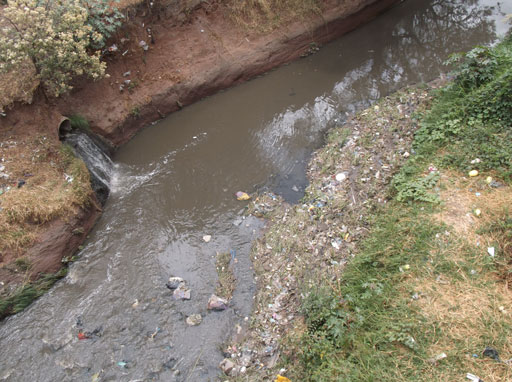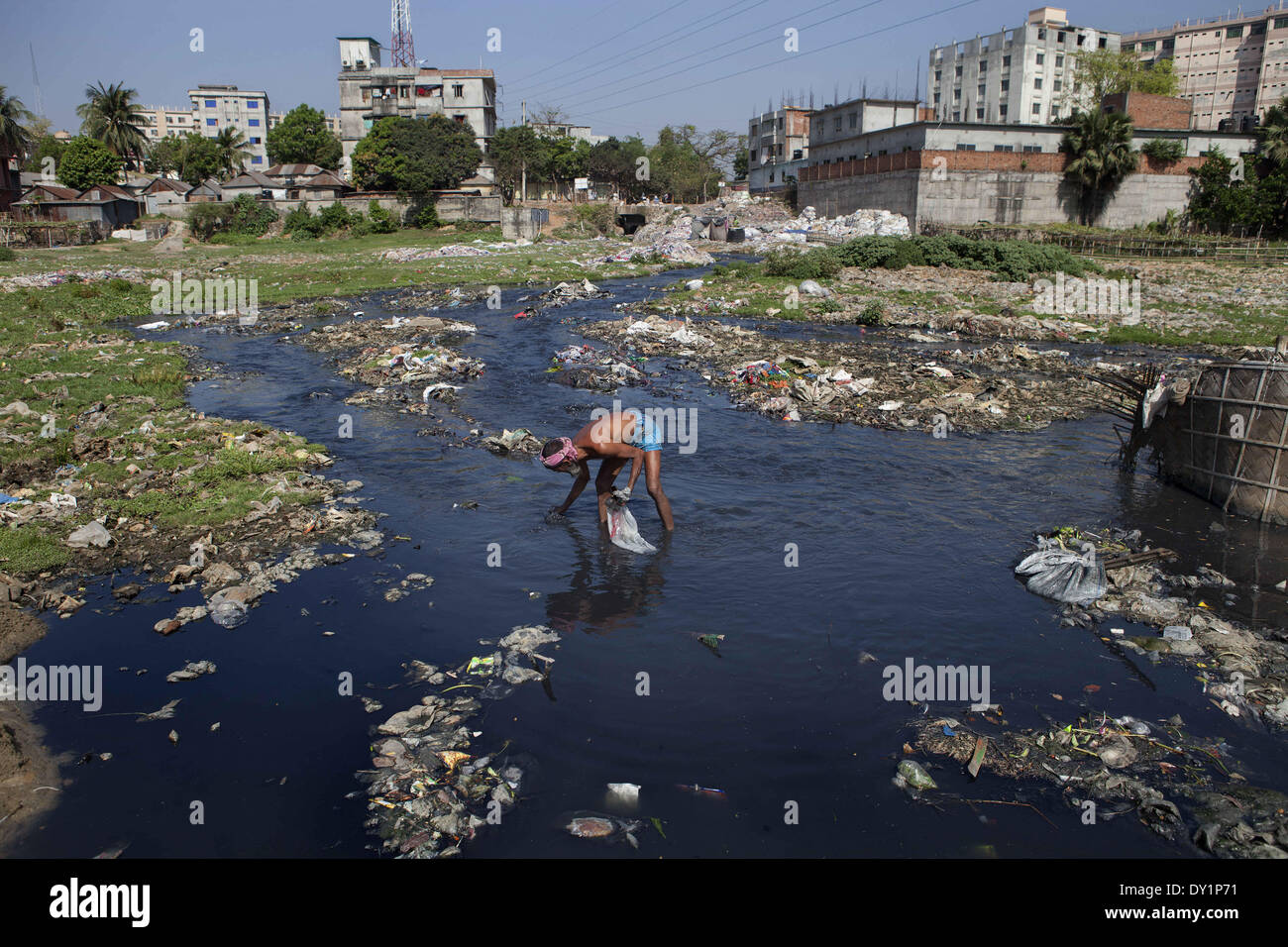Safe and Sustainable Liquid Waste Disposal: Your Go-To Service Provider
Safe and Sustainable Liquid Waste Disposal: Your Go-To Service Provider
Blog Article
How Liquid Garbage Disposal Works: An In-depth Introduction of Methods and Technologies Utilized

Review of Fluid Waste Kind
The complexity of fluid waste kinds requires a complete understanding of their qualities and effects for disposal. Liquid waste can generally be categorized into numerous types, consisting of commercial, community, farming, and contaminated materials. Each group exhibits unique buildings, needing details management methods to minimize environmental and health and wellness threats.
Industrial liquid waste originates from producing procedures and frequently consists of an array of contaminants, such as heavy metals, solvents, and organic substances. Metropolitan fluid waste, primarily making up wastewater from families and business facilities, contains organic matter, nutrients, and pathogens (industrial wastewater treatment). Agricultural liquid waste, including overflow from farms, may consist of plant foods, chemicals, and pet waste, posing risks to water quality and environments
Unsafe fluid waste is identified by its poisoning, sensitivity, or possible to create injury. This group includes materials like acids, bases, and particular chemicals that necessitate stringent handling and disposal protocols. Understanding these varied fluid waste kinds is crucial for establishing efficient disposal methods and guaranteeing compliance with ecological laws. Appropriate classification and characterization are vital for executing appropriate therapy methods and lessening the unfavorable impacts on public wellness and the atmosphere.
Physical Therapy Techniques

Screening is the initial action, where bigger particles and debris are gotten rid of from the liquid waste using displays or grates. In sedimentation storage tanks, heavier fragments clear up at the bottom, forming a sludge layer, while the made clear liquid can be more dealt with.
Filtration is an additional crucial technique that involves passing the fluid with permeable materials, such as sand or membrane layers, to catch smaller fragments. This step boosts the quality of the fluid, making it appropriate for succeeding treatment procedures.

Chemical Treatment Techniques
Chemical treatment strategies are essential for efficiently handling fluid waste, specifically in resolving liquified and colloidal impurities that physical techniques might not appropriately remove. These techniques utilize various chemical agents to neutralize, precipitate, or change harmful materials right into much less dangerous kinds.
One typical technique is coagulation and flocculation, where chemicals such as alum or ferric chloride are included to promote the aggregation of suspended particles. This procedure boosts sedimentation, enabling much easier elimination of the resulting sludge. Furthermore, oxidation processes, employing representatives like chlorine or ozone, are utilized to break down complex natural substances and microorganisms, making the waste safer for discharge or further therapy.
Neutralization is an additional important method, which adjusts the pH of acidic or alkaline waste streams to neutral degrees, protecting against prospective harm to downstream systems and the environment. In addition, advanced oxidation processes (AOPs) make use of mixes of oxidants and ultraviolet light to deteriorate persistent toxins, accomplishing a higher degree of treatment performance.
Biological Therapy Processes
Organic treatment procedures play a critical function in the monitoring of liquid waste by making use of bacteria to find more decompose raw material and minimize contaminant degrees. These processes can be generally categorized right into anaerobic and cardiovascular treatments, each utilizing specific microbial communities to accomplish reliable waste degradation.
Cardio treatment includes making use of oxygen to assist in the malfunction of organic materials by microorganisms. This process is typically applied in activated sludge systems, where oygenation containers give a conducive atmosphere for microbial growth, causing the oxidation of natural pollutants. The resultant biomass can be divided from dealt with effluent through sedimentation.
On the other hand, anaerobic therapy takes place in the absence of oxygen, relying upon different germs to damage down raw material. This method is especially helpful for high-strength waste, as it creates biogas, a renewable resource source, while decreasing sludge production. Technologies such as anaerobic digesters are often utilized in commercial and metropolitan applications.
Both anaerobic and aerobic biological therapies not just minimize the ecological influence of fluid waste yet additionally promote source recuperation, making them essential components of sustainable waste monitoring strategies. Their performance, performance, and flexibility support their extensive application across numerous markets.
Emerging Technologies in Disposal
Cutting-edge strategies to liquid waste disposal are swiftly progressing, driven by Clicking Here developments in technology and a raising focus on sustainability. Among these arising innovations, membrane bioreactors (MBRs) have gained grip for their ability to combine organic treatment with membrane layer filtering, causing high-grade effluent that can be reused in numerous applications. MBRs allow smaller sized footprints and extra effective procedures compared to standard systems.
Another appealing growth is the use of anaerobic food digestion combined with nutrient healing technologies, which not only deals with fluid waste but likewise generates biogas and recuperates beneficial nutrients like nitrogen and phosphorus. This dual benefit boosts resource effectiveness and lowers environmental effect.
Furthermore, advanced oxidation processes (AOPs) are being embraced for the destruction of complex organic contaminants. These approaches make use of powerful oxidants and catalysts to break down pollutants at the molecular degree, supplying a highly efficient option for tough waste streams.
Moreover, the integration of synthetic knowledge and artificial intelligence in waste management systems is enhancing functional efficiency and predictive maintenance, resulting in minimized expenses and enhanced ecological conformity. These innovations mirror a considerable change in the direction of more efficient and sustainable liquid garbage disposal techniques.
Verdict
To conclude, reliable fluid try here garbage disposal necessitates a comprehensive understanding of numerous techniques and technologies. The combination of physical, chemical, and organic therapy techniques guarantees the efficient management of varied waste kinds. Furthermore, the emergence of cutting-edge modern technologies improves treatment effectiveness and promotes sustainability in waste management techniques. By continuously advancing these methodologies, it ends up being feasible to deal with the growing obstacles linked with fluid waste, ultimately adding to environmental management and resource recuperation.
Liquid waste disposal is a critical facet of environmental management, calling for a detailed understanding of different techniques and innovations customized to different waste types. Fluid waste can generally be categorized right into a number of kinds, including industrial, municipal, farming, and dangerous waste. Agricultural fluid waste, including overflow from farms, may have plant foods, pesticides, and animal waste, posing threats to water quality and communities.
Numerous physical treatment methods play a vital duty in handling fluid waste efficiently - industrial wastewater treatment.In final thought, efficient fluid waste disposal requires a detailed understanding of numerous strategies and innovations
Report this page